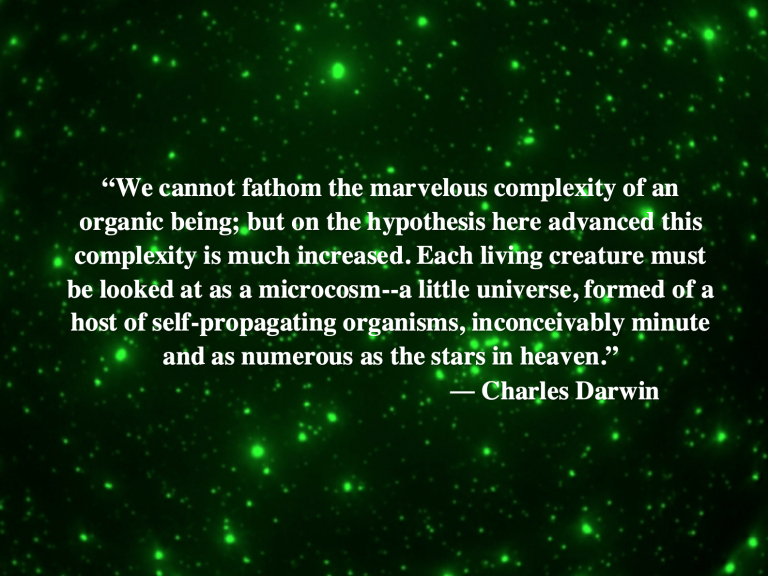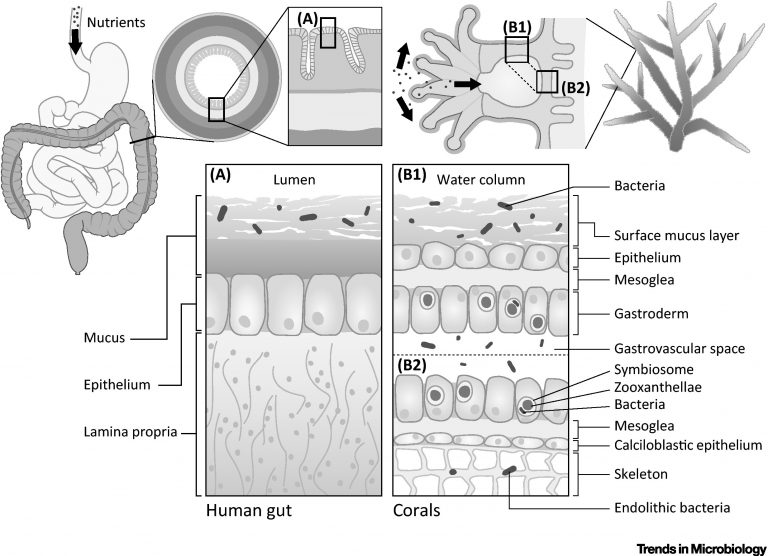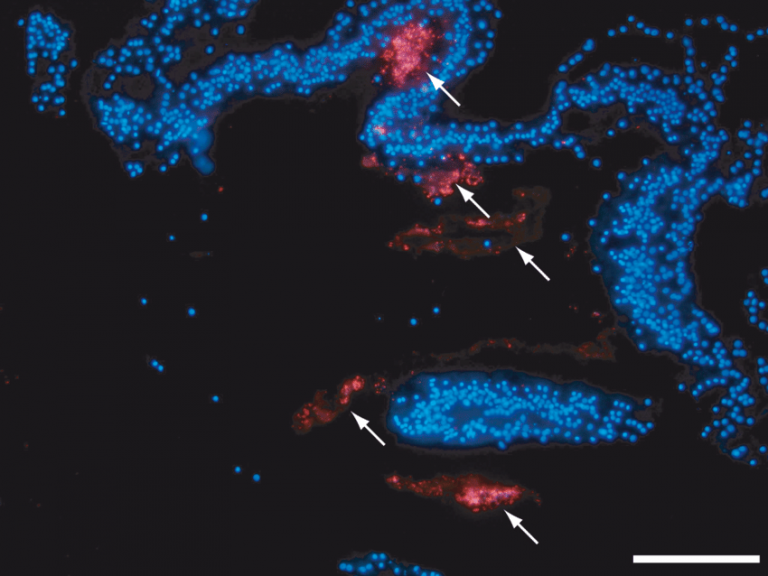Marine microbes (bacteria, archaea, and viruses) are tiny. They are less than one-hundredth the width of a human hair—too small to see with the unaided human eye. But do not let their unassuming size fool you, these minuscule (and abundant!) organisms have dictated the fate of the planet for the last 3.5 billion years. I find microbes very enigmatic due to their vast contributions to marine ecosystems despite their diminutive size. Trees and other plants serve as the primary food source at the bottom of the food chain on land, but microscopic algae support almost all life in the oceans. Bacteria and viruses work as a safety net, preventing huge losses of organic material at the microscopic scale, putting what would be lost back into the food chain, and supporting the great abundance and diversity of life in the oceans.

Microbes: Into the Micro-verse
Everyone is covered in microbes, everywhere. Your elbow has its own microbial ecosystem, entirely unique from your face, behind your knee, or inside your small intestine. These communities serve vital purposes: from acting as a living shield against disease to helping you digest food and turn that smelly cheese you love into something more worthwhile, like vitamin B12, for example.
Humans are not the only living things with one or more cells to contain these helpful microbes. Every living thing on earth contains its own microbial universe. The microbial players might be the same, similar, or different, fulfilling the same, similar, or different roles. The primary goal of microbial ecology is to determine the ins-and-outs of these universes, the players involved, and their contributing skill sets that impact our world and drive change. My favorite way to peer into the microbial world is through DNA sequencing, which can provide us with a snapshot of the whole community: who is there and what they can do. Our ability to use DNA sequencing to study the microuniverse is constantly improving. We can now sequence hundreds of samples and recover tens of millions of DNA sequences for each community. With a few technical computer skills, this depth allows us to regularly capture microorganisms that make up less than 0.01% of a community (1 in 10,000).
Corals and sponges possess stable and particularly unique microbial communities. Much like our gut microbiota, we believe their microbes can be capable of supplementing essential nutrients and minerals. This is an especially critical role as food is scarce in the deep-sea, as much of the nutrient-rich organic stuff produced in the sunlight waters rapidly degrades before reaching the seafloor.

Evidence also suggests that in coral mucus these microorganisms are a well-equipped army of chemical engineers and vaccine specialists, producing chemical compounds to ward off hungry predators and antibacterial compounds to fight off invading disease-causing bacteria.

While our knowledge of coral microbes continues to increase, much of the diversity, distribution, and exact function of these microbes to their octocoral hosts remain unknown, especially in the deep sea. A better understanding of the octocoral microbial community is needed if we are to understand the full breadth of potential impacts imposed by climate-related shifts in food limitation, reduced water circulation, lower oxygen levels, and increased disease outbreaks. These explorations also present an extraordinary opportunity to seek out new chemical compounds for medicinal use, including antibiotic and antitumoral compounds, which have been isolated from corals (or, really their microbiome) in the past. My primary objective on this cruise is to collect coral tissue and mucus for DNA sequencing for whole-community surveys and culturing to grow octocoral microbes in the lab for testing.
Thinking Big About Thinking Small
I think it is important and critical to dive deeper into microbial communities in as many habitat types and organisms as possible because microbes can be tremendously useful for monitoring environmental impacts on marine ecosystems and organismal health. Ecosystems are changing at an unprecedented level. The response to change happens first at the microbial level, changing within minutes to hours, whereas impacts on larger organisms may take years to decades to manifest, at which point it may be too late to completely restore what has been lost. Monitoring the natural and unnatural changes in microbial communities can provide us with early warning signs of ecosystem impairment. We can see into critical transitions in an ecosystem that are not yet obvious to the human eye, in the hopes of saving threatened organisms and habitats before they need to be classified as “threatened.”
Microbes are small and the ocean is a big place. But with enough effort and careful monitoring, we can build meaningful connections to better observe and protect our world. After all, change starts at the microbial scale.

